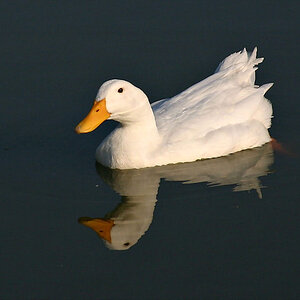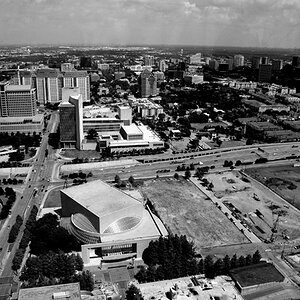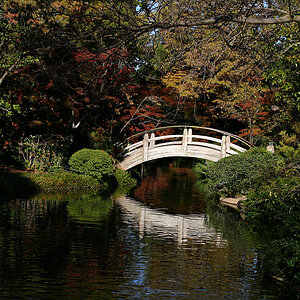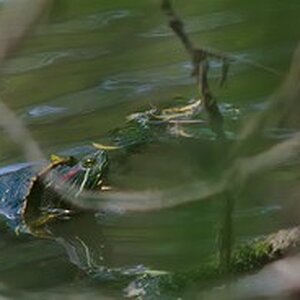The Taninator
TPF Noob!
- Joined
- Dec 22, 2015
- Messages
- 3
- Reaction score
- 0
- Can others edit my Photos
- Photos OK to edit
I recently bought my camera (Nikon D7000), and I always wanted to take pictures of the stars. However, I cannot figure out how to make the camera take the picture. I think that when the camera can't find the depth of view or something to focus on, then it won't take the picture. Therefore, when it is night out and I want to take a picture to capture the stars, the camera will not snap a photo.
I don't know if there is a setting in my camera that is not allowing that or if I to fool the camera to take a picture. I would really appreciate some help. Thank you.
I don't know if there is a setting in my camera that is not allowing that or if I to fool the camera to take a picture. I would really appreciate some help. Thank you.














